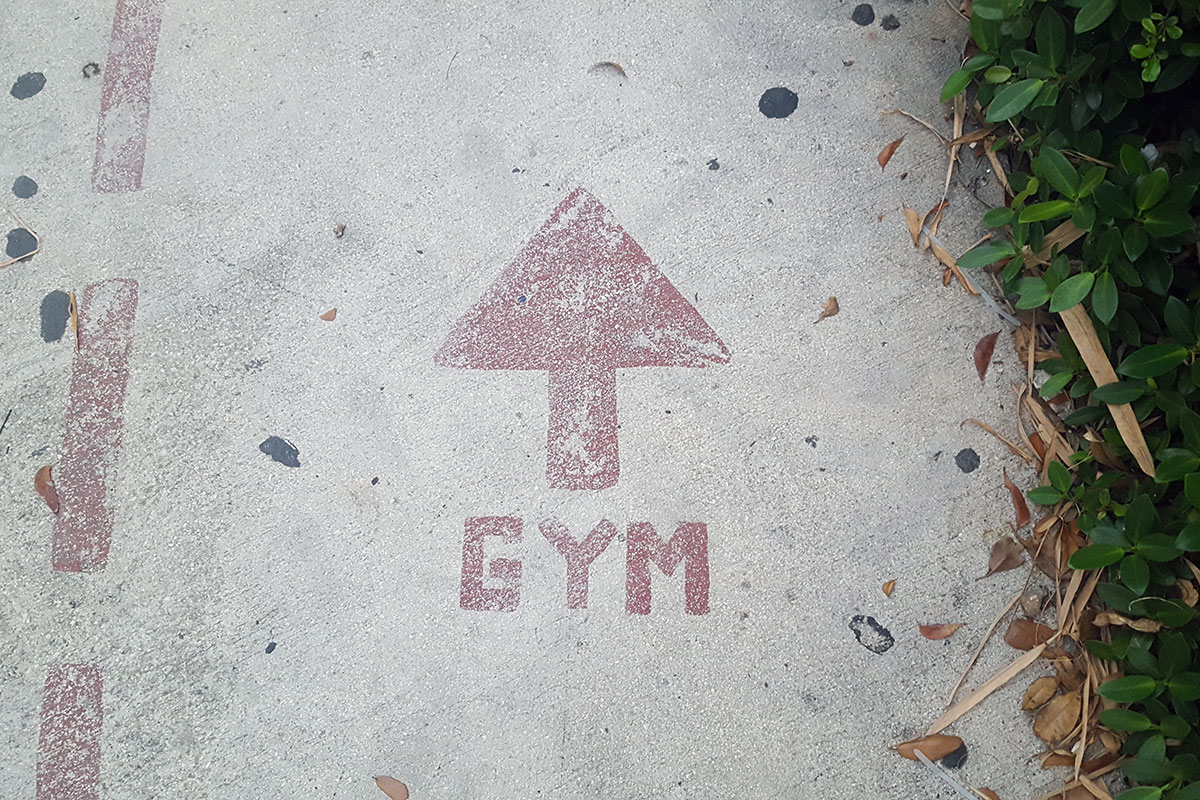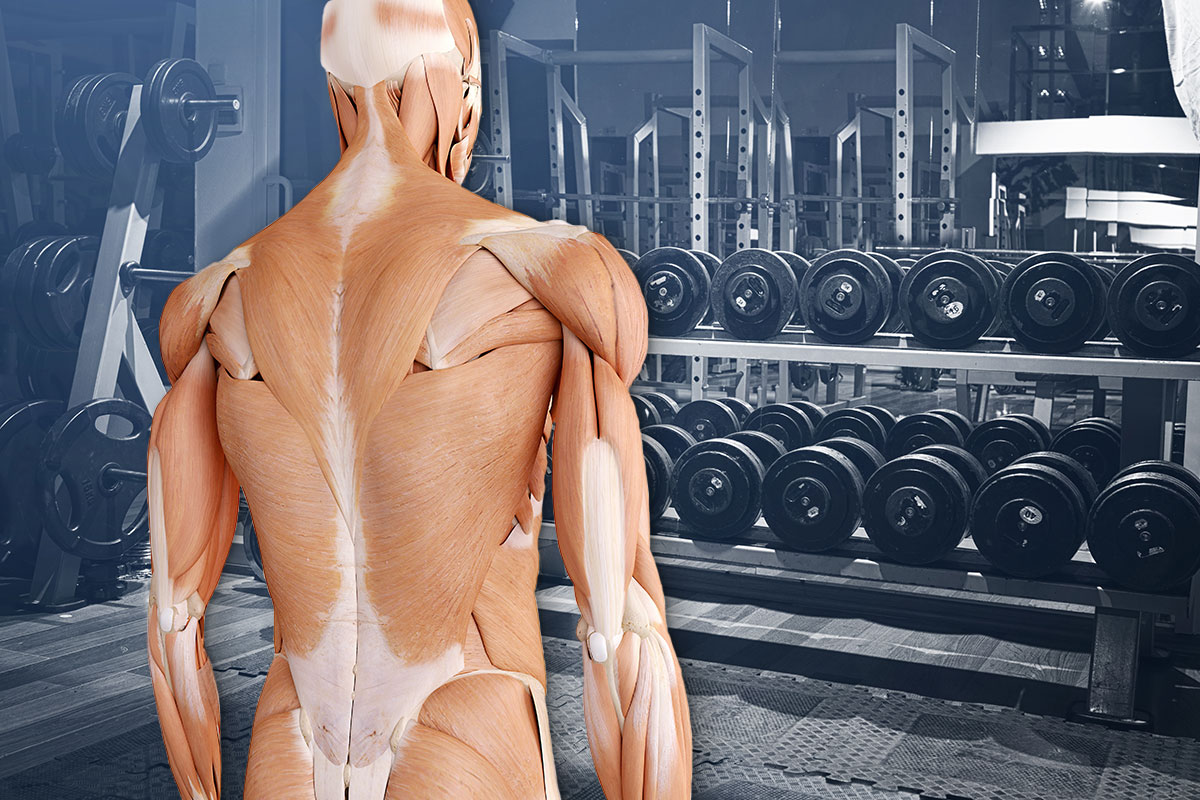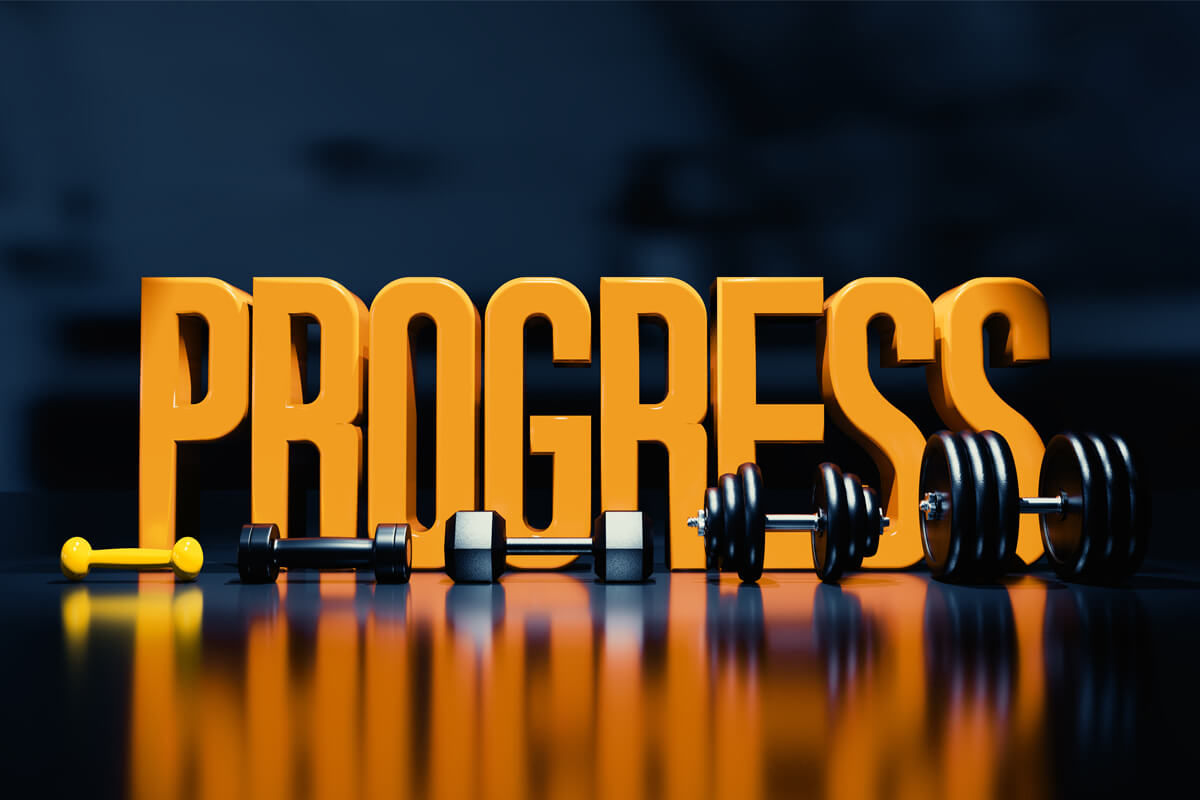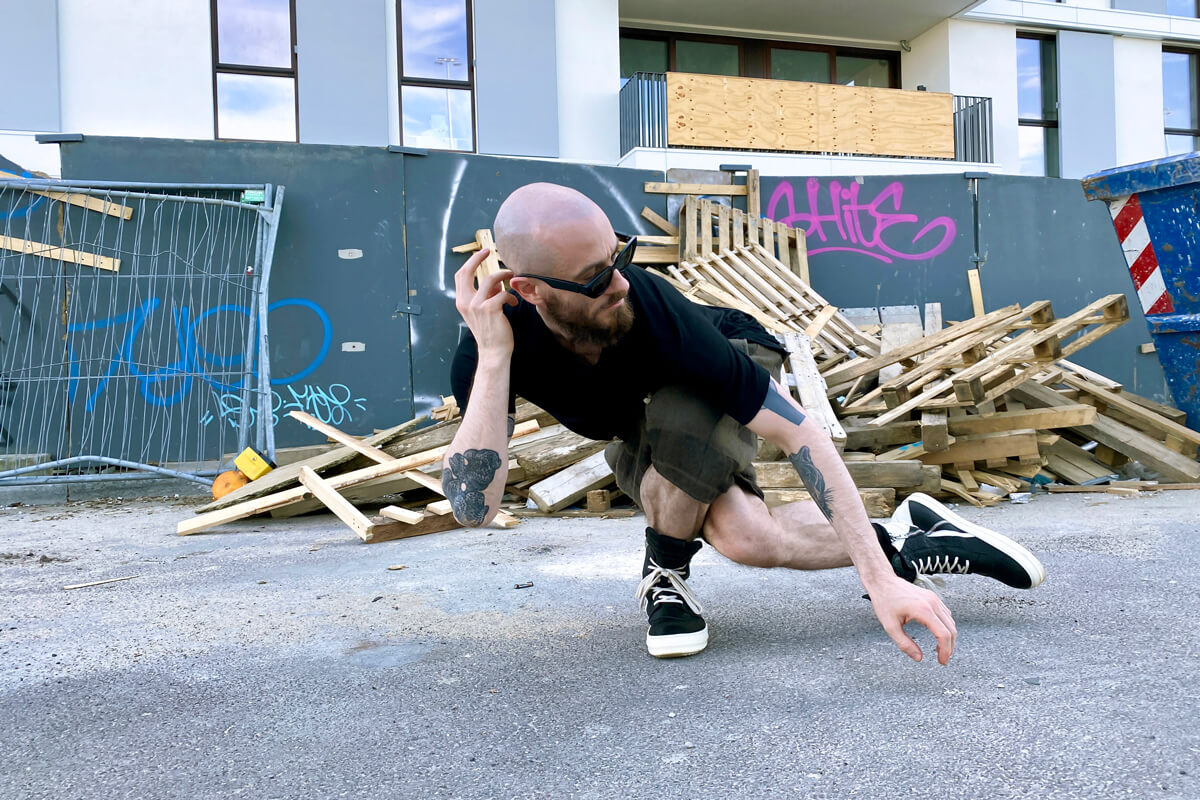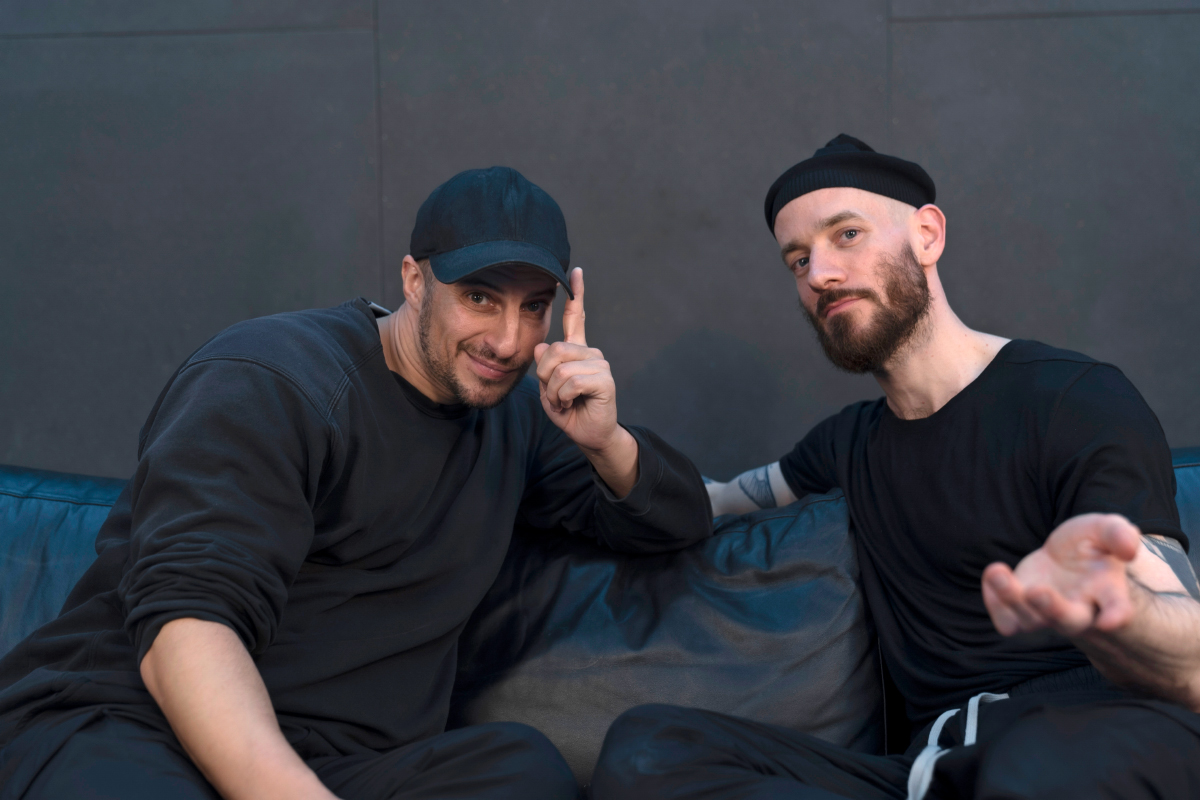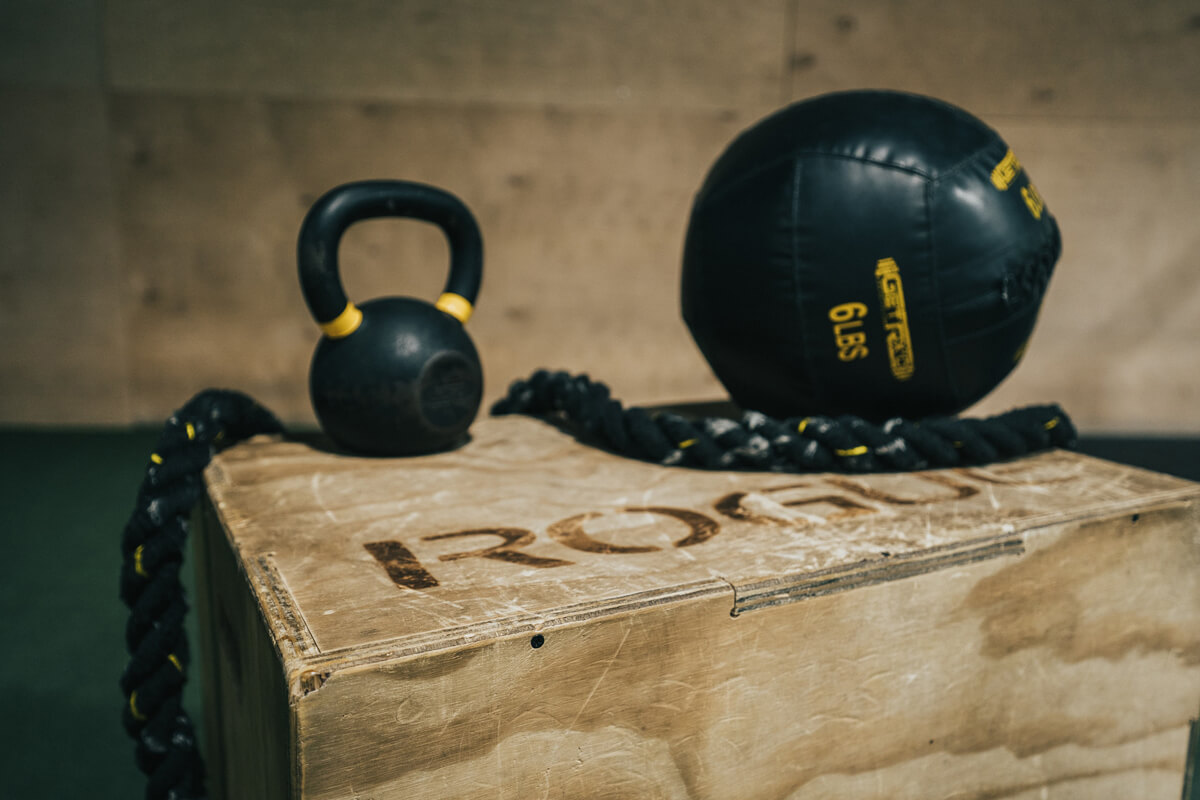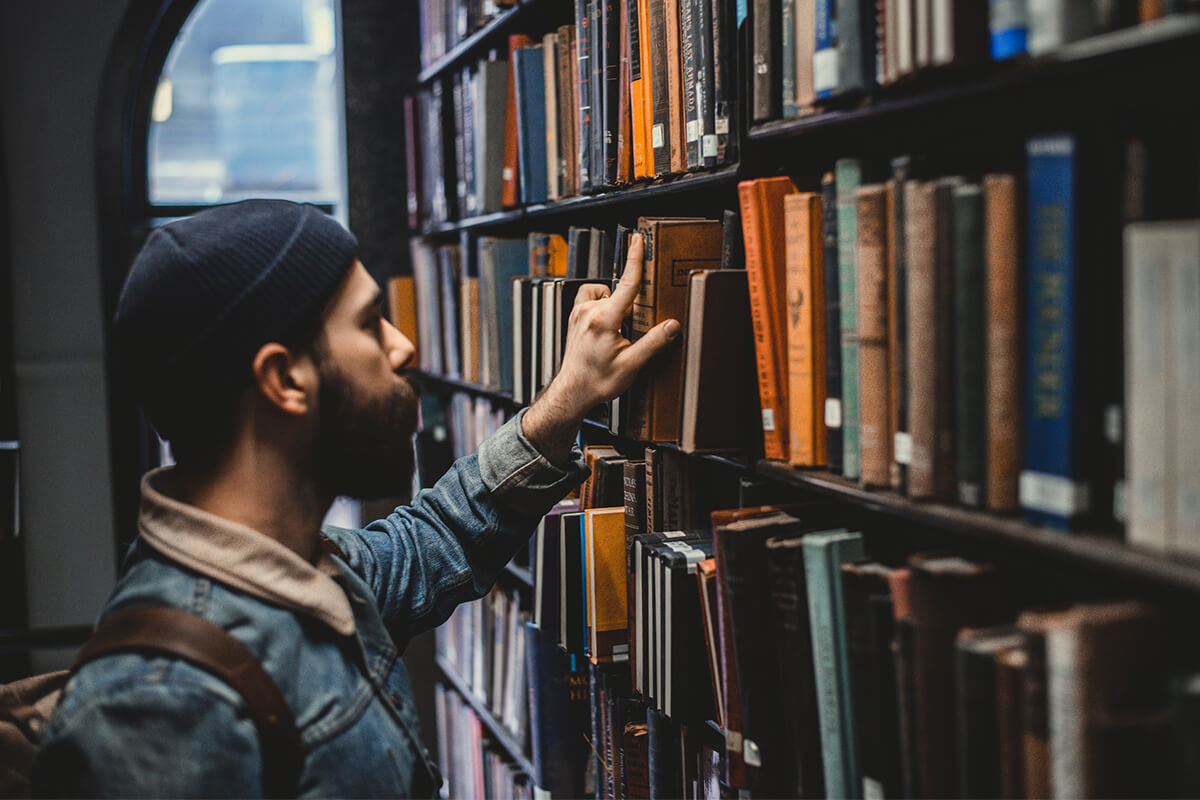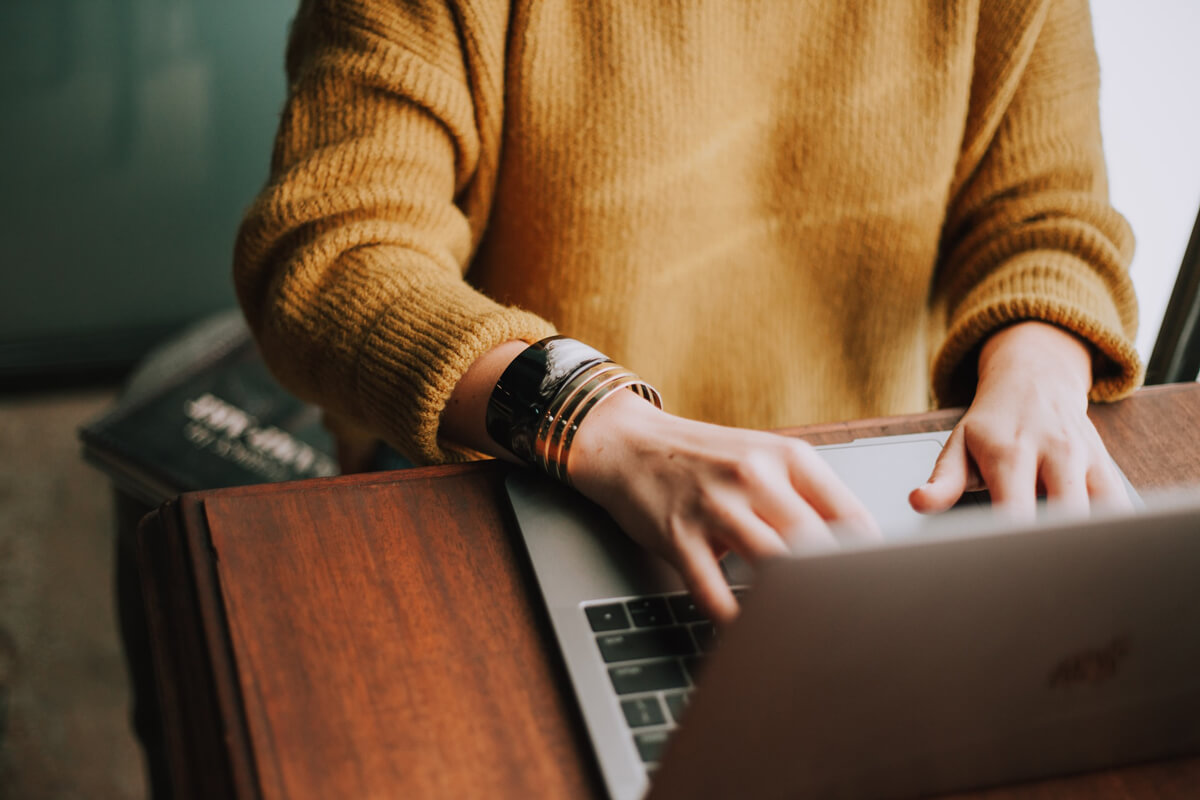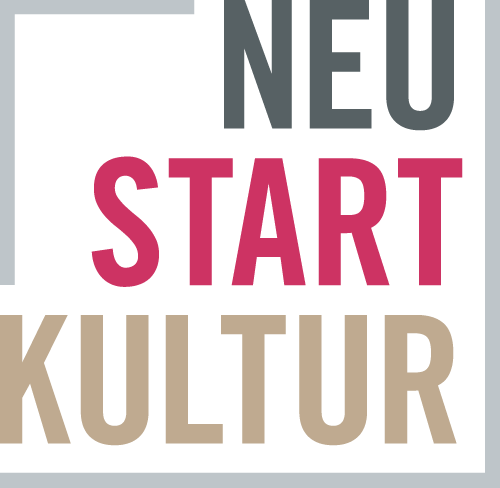As I wrap up my DIS-TANZ-SOLO project, I'd like to take the opportunity to recap where this journey has taken me over the past eight months.
The goal of my research was to find ways in which the long-established knowledge of sports science can help dancers cope more easily with the challenges of their daily work. I had been wondering for a long time why the dance scene didn't tap more into this knowledge. There are certainly many organizational and structural difficulties on the part of companies, schools, and institutions that contribute to this problem, but there has always seemed to be a lack of awareness of the issue within the dance community itself as well.
That's why pretty much one of my first undertakings as part of my DIS-TANZ project was to launch a comprehensive survey amongst professional dancers. I wanted to gain a better understanding of the current conditions within the dance community in terms of training and conditioning, prevention methods and awareness, and rehabilitation processes. I wanted to see to what extent my own observations would be confirmed or refuted, and based on the survey results, see in which direction I wanted to steer the project further.
It was particularly interesting to see that there were serious differences between permanently employed and freelance dancers in terms of the regularity of preventive treatments, the promptness with which dancers were treated in the event of an injury, and the duration of the recovery break that dancers could afford.
Another surprising result emerged when generally comparing the average recovery time with the data on the average length of injury-related breaks from work. While the average rest period among the dancers surveyed was only 7 weeks, the average time to full recovery was a hefty 16 weeks.
I am still overwhelmed that it was possible to collect a full 469 responses, which makes the survey much more representative than I had initially hoped for. You can find a comprehensive analysis of the collected answers in my corresponding post.
It was clear to me that my project should be about three fundamental things: optimizing my own performance as an active dancer, incorporating more sports science approaches into my work as a teacher, and concurrently with my own learning process, creating a pool of information and resources for the rest of the community.
To really get going in any of these directions, I first of all started reading and learning as much as I could. I read books on anatomy and physiology in general, on the specific discipline of dance science, and on the connections between physics & dance. I have further sought to understand the seminal theories in strength training as well as the established concepts of warm-up in sport. I also attended ta.med's annual dance medicine congress, which was held online this year, to meet and network with a variety of experts in the field.
Unfortunately, due to the COVID-19 pandemic, working on my own performance proved to be the most challenging part of the project. Although I was able to make initial training progress with the help of bodyweight exercises and resistance bands at my home, the bottom line was that I had to wait until early June to really get started with a more serious training. My workout program including the underlying considerations, an overview of the muscles targeted in each exercise, as well as my training progress over a period of eight initial training weeks can be found in my three-part BACK TO THE GYM series.
Like I already mentioned, I thought it was paramount to revise and restructure my class, which is geared toward both professional dancers and young students, to implement more of the sports science concepts long established among other high performance athletes and to further emphasize my focus on movement efficiency and effectiveness.
Among the modifications I made, was the inclusion of traveling strength exercises to help dancers better realize their movement potential and perform challenging choreographic sequences with greater ease. I have always believed that dancers should be physically stronger in order to focus their attention less on their own bodies while dancing and to a greater extent on how they can relate their bodies artistically and choreographically to other performers, the space they find themselves in, and the music they are playing with.
In the following article, I have tried to outline how I approach my teaching and what distinct thoughts underlie each section of my class.
Despite difficult conditions around COVID-19, I was able to test my redesigned teaching in classes and workshops with the dancers of DART DSP and Marameo in Berlin, at CCN - Ballet de Lorraine and Cie. Paracosm in France, and with the students of Brancaccio Danza in Italy.
The last component of my research was as important as all the others. I wanted the DIS-TANZ support not only to serve my own further education, but at the same time to try to share at least some of the knowledge I had gathered. My DIS-TANZ DIARIES have been a helpful tool, both to pass along information that I have found worth knowing and to point to sources of information that might be helpful in people's own research.
For some topics, it was useful to provide a rough summary and highlight individual relevant aspects. But in the case of others, it seemed to me that due to their complexity and scope it wouldn't be very useful to spoon-feed information or to provide shortcuts. Here I have rather tried to offer a comprehensive range of resources through video conversations, reference books, scientific papers, links to websites of experts in the corresponding field, etc. Another thought in this process was to create, if possible, a kind of information hub that could remain useful even after the completion of my project.
One of the first undertakings in this regard was my conversation with sports scientist Patrick Rump, who has been a constant source of advice throughout the project. I was overwhelmed that the interest in our video was so enormous and that we were able to achieve more than 2,850 views on Vimeo. Patrick and I talked for over 40 minutes about a wide range of topics and I highly recommend anyone who hasn't seen the video to check it out. Had COVID-19 not remained an issue over such a long period of time, I would have enjoyed hosting and sharing more conversations of this nature.
So while this project is now coming to an end and I will be discontinuing my DIS-TANZ DIARIES, my interest in sports science and its application to our field will of course remain. I am beyond curious to see where this work will take me in the future and what projects will result from it. I hope that it will be possible to bring science and practice closer together and that both parties will be more enthusiastic to learn from each other.
I would like to express my heartfelt thanks to Patrick Rump and everyone who contributed to this endeavor. Needless to say, another enormous thank you goes to NEUSTART KULTUR and DIS-TANZEN.
To summarize the whole pandemic in general and this project in particular once again in one sentence: When nothing goes right, go lift!
Gefördert durch die Beauftragte der Bundesregierung für Kultur und Medien im Programm NEUSTART KULTUR, Hilfsprogramm DIS-TANZEN des Dachverband Tanz Deutschland.

